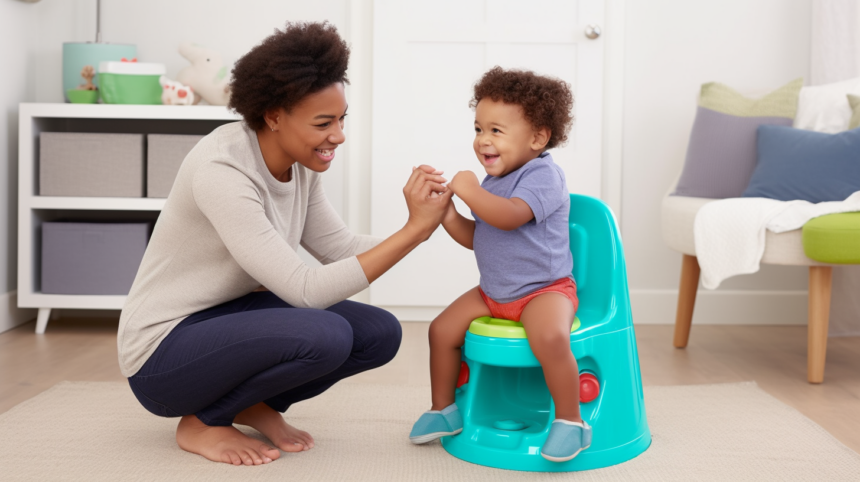Welcome to the beginner’s guide to potty training your child! Potty training can be a challenging and sometimes frustrating experience for both parents and children. However, with the right tips and tricks, it can also be a rewarding milestone in your child’s development. In this guide, we will provide you with step-by-step instructions on how to get started with potty training your child, along with valuable insights and practical advice to make the process as smooth as possible.
When to Start Potty Training
The first question most parents ask is when they should start potty training their child. The answer is that there is no one-size-fits-all answer. Every child is different, and some may be ready earlier or later than others. However, most children are ready to start potty training between 18 months and three years of age.
Here are some signs that your child may be ready for potty training:
- They show an interest in using the toilet or wearing underwear
- They can follow simple instructions
- They stay dry for longer periods (at least two hours) during the day
- They have regular bowel movements at predictable times
If your child shows these signs, it may be time to start thinking about potty training. However, if they are not showing any interest or seem resistant, it may be best to wait a bit longer.
Preparing for Potty Training
Before you start potty training your child, there are a few things you can do to prepare:
- Talk to your child about what potty training is and why it’s important
- Show them how to use the toilet or potty chair
- Let them pick out their own underwear and encourage them to wear it
- Create a routine around potty time, such as sitting on the potty after meals or before bedtime
By preparing your child ahead of time, you can help them feel more comfortable and confident when it comes time to start potty training.
How to Potty Train Your Child
Now that you and your child are ready, it’s time to start potty training! Here are some step-by-step instructions:
Step 1: Introduce the Concept of Potty Training
The first step is to introduce the concept of potty training to your child. Talk to them about what it means and show them how to use the toilet or potty chair. Encourage them to sit on the potty with their clothes on so they can get used to it.
Step 2: Pick a Method
There are several methods you can use for potty training, including:
- The naked method: Letting your child go without pants or underwear so they can feel when they need to go
- The three-day method: Intensive training over a long weekend with lots of positive reinforcement
- The gradual method: Slowly introducing underwear and more independence over several weeks or months
Pick a method that works best for you and your child’s needs.
Step 3: Practice Makes Perfect
The next step is to practice! Encourage your child to sit on the potty regularly, especially after meals or before bedtime. Offer lots of praise and positive reinforcement when they do well.
Step 4: Handle Setbacks
There will be setbacks along the way, such as accidents or resistance from your child. When this happens, stay calm and patient. Offer encouragement and try to figure out what went wrong so you can avoid it in the future.
Potty Training Boys vs. Girls
Potty training boys and girls can be different in some ways. For example, boys may need to be taught to sit down for bowel movements before learning to stand up to pee. Girls may need to be taught to wipe from front to back to prevent infections.
However, the basic principles of potty training are the same for both boys and girls. It’s important to be patient, consistent, and encouraging no matter what gender your child is.
Potty Training Regression
It’s common for children to experience potty training regression, where they start having accidents after being successfully potty trained. This can happen due to stress, illness, or other factors.
If your child experiences potty training regression, don’t panic! Stay calm and patient, and try to figure out what might be causing it. Offer lots of positive reinforcement when they do well and try not to punish them for accidents.
Bedwetting Solutions
Bedwetting is also a common issue during potty training. Here are some solutions:
- Limit fluids before bedtime
- Encourage your child to use the bathroom before bed
- Use a bedwetting alarm that wakes your child up when they start to wet the bed
If bedwetting continues despite these solutions, talk to your doctor to rule out any underlying medical issues.
Conclusion
Potty training can be a challenging experience, but with the right tips and tricks, it can also be a rewarding milestone in your child’s development. Remember to be patient, consistent, and encouraging throughout the process. With these strategies, you can help your child successfully transition from diapers to underwear!

